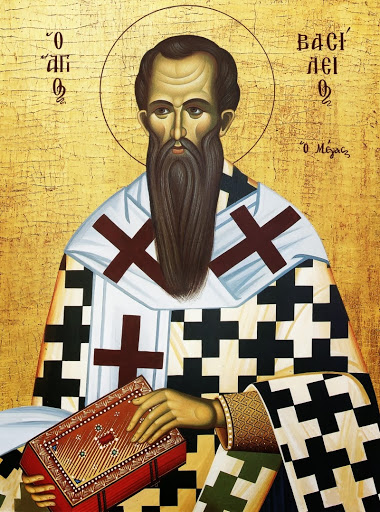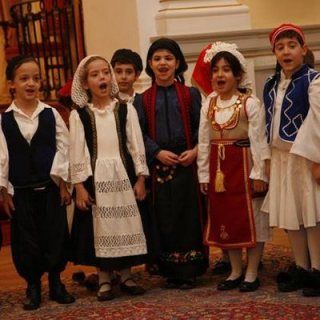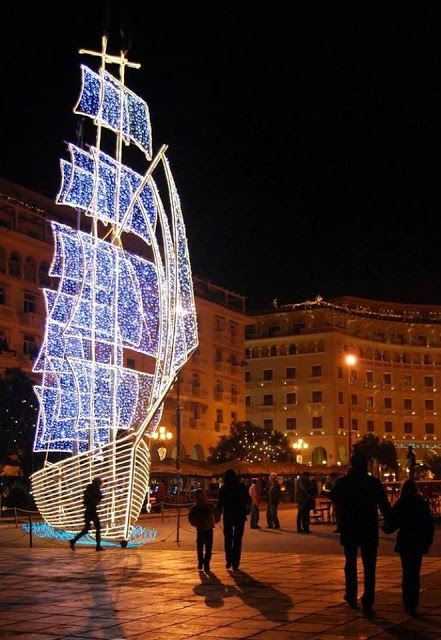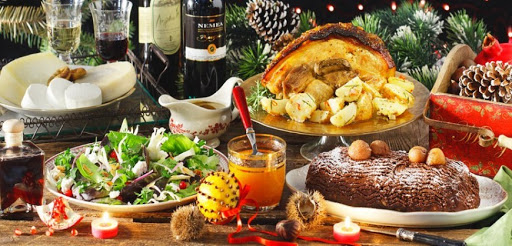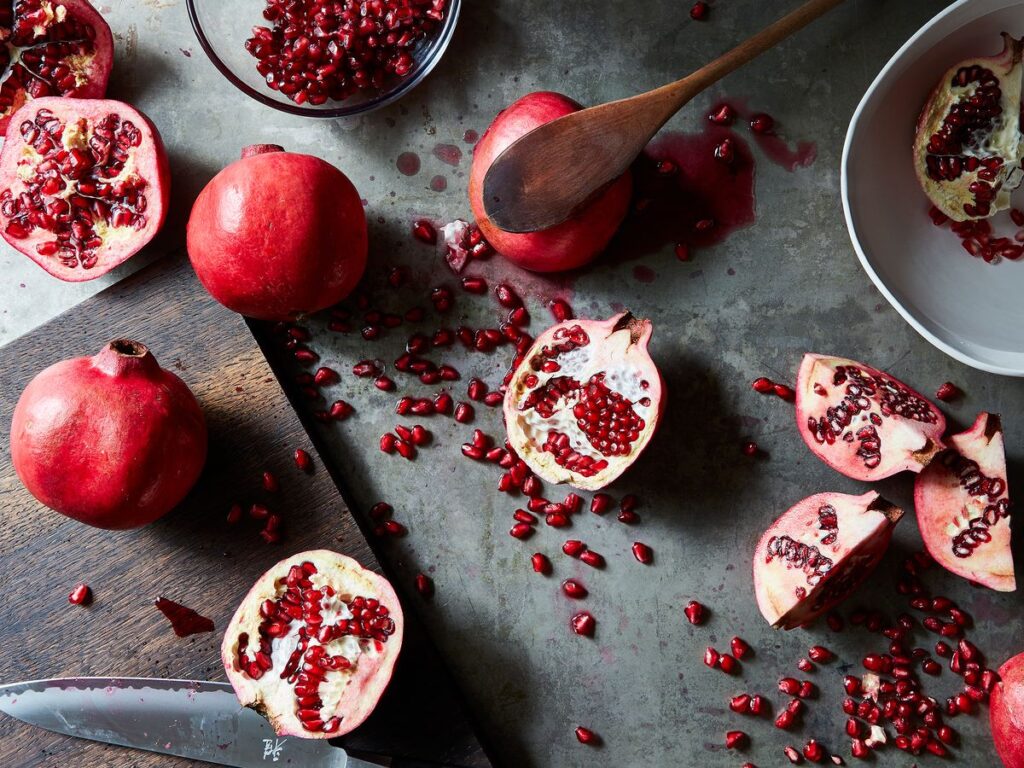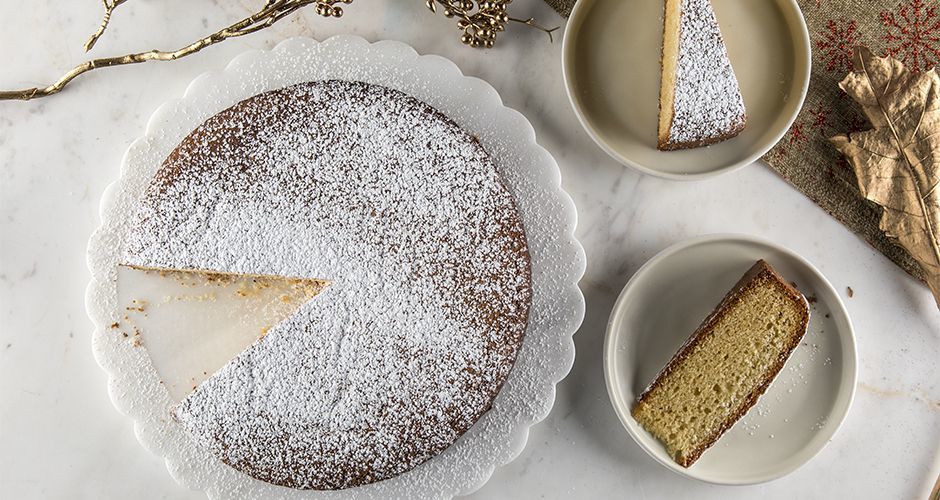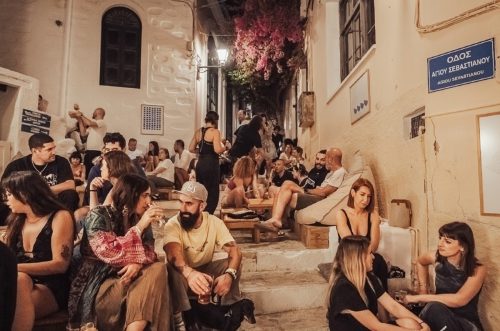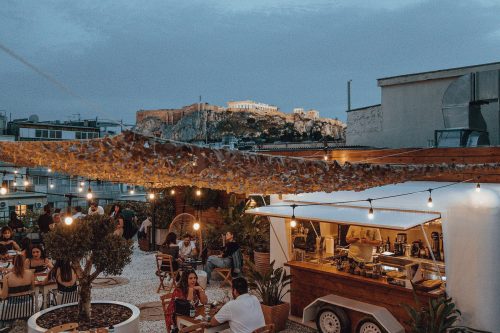Throughout the festive season, many beautiful Christmas traditions are celebrated all across Greece.
The most popular ones are the decoration of the Christmas boat, the Kalenda (Greek Christmas carols), Vasilopita, and smashing the pomegranate. And of course, all the Greek Christmas treats, which every household prepares during the holiday period.
Greek Santa
While today Greeks have embraced much of the modern traditions, in the Eastern Orthodox tradition, the Saint most associated with the giving of gifts around Christmas is not Saint Nicholas, but Saint Basil the Great. His feast day is celebrated on January 1st and on this day children in Greece receive presents.
Decorating a Christmas Boat
Greece is surrounded by the Mediterranean Sea and traditionally the main symbol of Christmas is the “Karavaki”. This Greek Christmas tradition is mostly found on islands and seaside regions, however, you will also see it displayed in the main centre of Athens at Syntagma Square and in Thessaloniki. The boat is a symbol for the Christmas and New Year period not only because Greece is surrounded by the sea but because it represents travelling into a new direction blessed by the birth of Christ.
Kalanda
Greek Christmas carols are the songs that are sung on the morning of Christmas Eve (24th December), the morning of New Year’s Eve (31st December) and the morning of the Eve of Epiphany (5th of January). The tradition is that these days children in groups go from house to house ringing doorbells and asking ‘Na Ta Poume?’ (Shall We Sing?) They sing the carols accompanied by a metal triangle and sometimes drums and are given a small amount of money by the residents of each house. The lyrics of Greek Christmas carols wish people prosperity and luck.
-
Agios Vasilis -
Children Singing Carols -
Karavi in Syntagma Square
Vasilopita
This is a traditional Greek cake served at midnight on New Year’s Eve to celebrate the life of Saint Basil. A coin is inserted in the cake and when cut the person who finds the coin is said to be granted luck for the rest of the year. According to Greek Christmas traditions every year after midnight on New Year’s Eve the householder cuts the cake in pieces. The first piece cut is for Christ, the second for the Virgin Mary, and the third for the house. Then the rest of the cake is cut into pieces for the family members by order of age.
Smashing a Pomegranate
The pomegranate has been a symbol of fortune, fertility and prosperity in Greece and Greek mythology for thousands of years. During the Christmas holidays, you will see pomegranates displayed as Christmas decorations and hanging on the doors of homes. According to Greek Christmas traditions, on New Year’s Eve just after midnight the householder stands outside the door and breaks a pomegranate by throwing it on the doorstep. The seeds of the fruit spread on the floor mean happiness and health to the family.
Feasting
Pork is the main dish for a Greek Christmas feast because traditionally in the weeks leading up to the holiday, the slaughter of pigs took place. Turkey with stuffing is a Western culinary Christmas tradition that has been implemented by Greeks in only the last 40-50 years at most. Traditional Christmas dishes include Lahanodolmades (cabbage dolmades) made with rice, mince, and avgolemono (egg lemon sauce). Other kinds of meat and handmade pites (pies) are also traditional meals for Christmas day.
Spiced wine or raki with honey is served over the holidays, and every Greek house has two Christmas cookies- Kourabiedes, which are almond biscuits covered in icing sugar; and Melomakarona, a walnut biscuit topped with honey.
-
Greek Feast @protothema -
Smashing of Pomegranete @food52 -
Vasilopita @akispetretzikis
Cover image @greekboston


